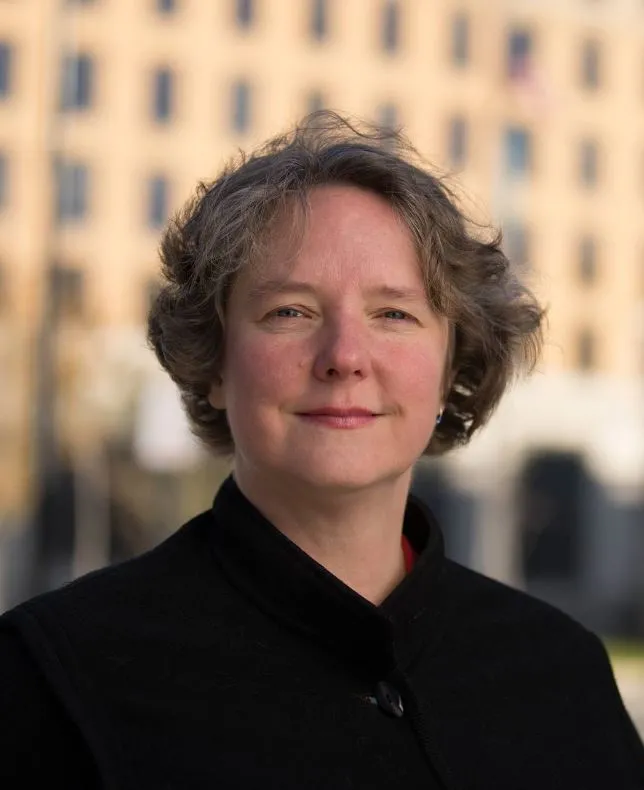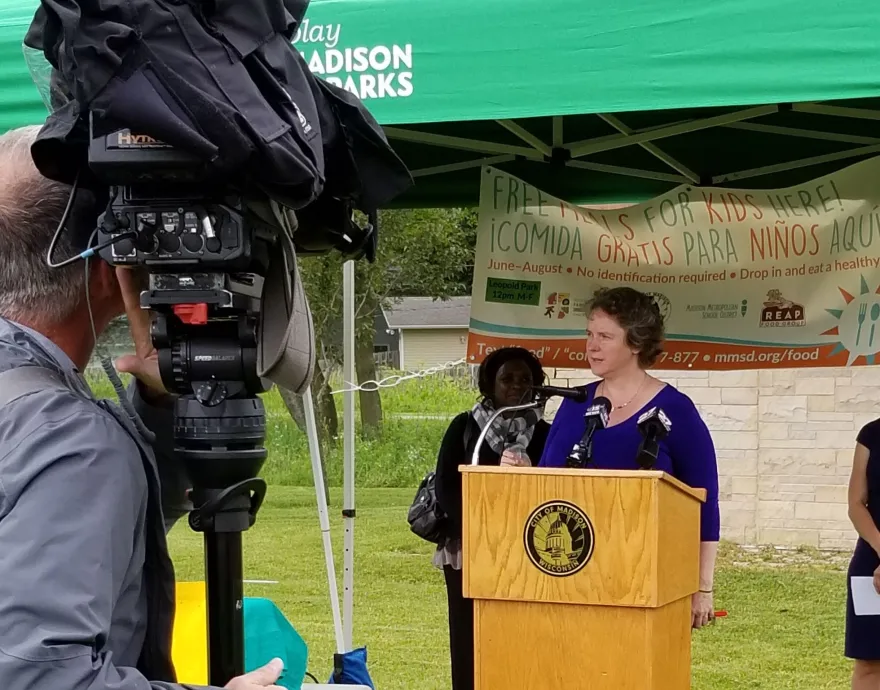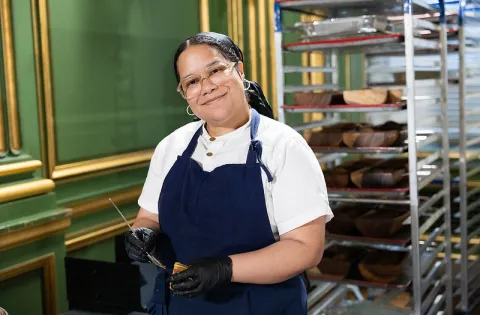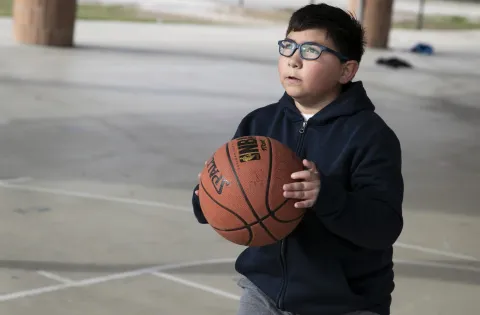The No Kid Hungry team sat down with Madison Mayor Satya Rhodes-Conway for a conversation about equity, nutrition and childhood hunger. Mayor Rhodes-Conway serves as an inaugural member of the Mayors Alliance to End Childhood Hunger, and we are grateful for her commitment to end childhood hunger in the City of Madison, Wis. The Honorable Mayor Rhodes-Conway shares her story below.
What initiatives are you excited about in your city?

Here in Madison, we’re working on a number of fronts to increase access to healthy local food, in a way that supports families and also provides economic opportunity for small and local businesses.
Madison is lucky to be surrounded by some of the best farmland in the country, and we’ve got a great farm to table movement here. To make sure that’s accessible to everyone, the City has partnered with Dane County to expand EBT usage and our local nutrition incentive program, Double Dollars, at farmers markets and grocery stores throughout the area. This partnership has enabled the Double Dollars to develop additional and sustainable funding that benefits people with low income as well as local farmers and producers.
Madison’s Healthy Retail Access Program (HRAP) has invested over $1.3 million since 2016 in grants that support local businesses increasing access to healthy and affordable food. HRAP has helped new businesses fund startup costs in areas of low food access, and has assisted small businesses with renovations that help them better serve the community – for example, to increase cold storage space, among other projects.
Prior to the pandemic, the City of Madison was partnering with the Madison Metropolitan School District and local nonprofits to expand access to the Summer Food Service Program in our area. This included advertising the program on City buses and funding meals for adults who accompanied young children at meal sites located in parks so that families could eat together in some of our beautiful green spaces. While the pandemic altered the way summer meals have been distributed in recent years, if nutrition waivers expire in 2022, local investment in child nutrition will be key to help maintain a high level of access.
How did you get involved in the nutrition / anti-hunger space?
Making sure our community has access to healthy food is a key piece of making Madison a place where everyone can thrive. Prior to being elected Mayor, I served as a founding member of the Madison Food Policy Council, which has a long history of working on food access and hunger prevention. For me, access to healthy food is a justice issue, but it’s also a climate issue. Climate change is impacting our food systems, and part of building climate resilience is building strong local food systems that work for everyone.
What are the biggest nutrition issues the city of Madison is facing? What are some of your achievements in this space?

Food insecurity and economic challenges related to inflation are affecting everyone. We are now seeing an 18% increase in new SNAP users in our county since prior to the pandemic. As I discussed above, we’re doing a number of things to increase access to food, but we’re also working hard to create economic opportunity for families by supporting local small businesses and entrepreneurs, particularly from historically low-wealth communities.
Madison is an urban area within an agricultural region. Many producers have been challenged by the pandemic to find markets, and farm foreclosures in the area have been high dating back to the mid-2010s. These challenges need to be addressed in order to keep our food system strong and set the region up for future success. In response to these issues and others that have manifested due to the pandemic, the Madison Food Policy Council was re-constituted in 2020 to meet jointly with Dane County’s Food Council and jointly tackle the regional food system issues.
What are your thoughts on the intersection of LGBTQIA+ issues, food security, and nutrition?
Research tells us that just like housing insecurity, food insecurity is generally higher in LGBTQIA+ households than among non-LGBTQIA+ adults. Some LGBTQIA+ communities, including women and racial and ethnic minorities, have further increased risks.
The pandemic worsened these challenges. The Census Bureau’s Household Pulse Surveys showed that in 2021, 13.1% of LGBTQIA+ adults lived in a household that may not have had enough food in the last seven days, as compared to 7.2% of non-LGBTQIA+ adults.
Some closeted LGBTQIA+ individuals may live in a situation where they are dependent on a parent or household member to support their housing or food costs, which could lead to stigmatization and harm when grappling with being public about their identity if others hold financial power over them. Not knowing if you can share who you are because you don’t know how you’d get your next meal is an unfortunate reality for too many.
In a country with this much wealth, it is a moral imperative that we do what we can to reduce food insecurity and inequities around food access for those who are more vulnerable.


